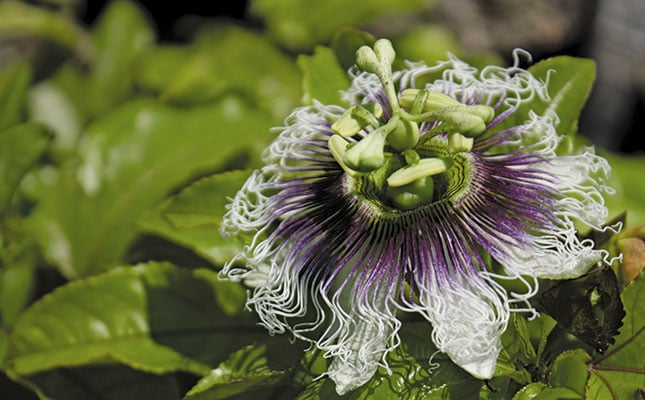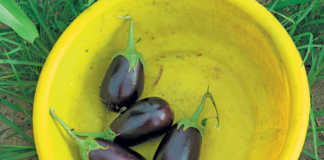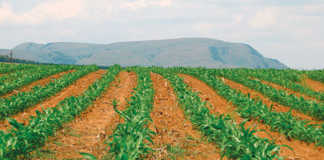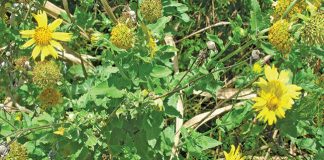
Photo: FW Archive
The granadilla
The purple granadilla (Passiflora edulis) prefers a high relative humidity and well-distributed rainfall of not less than 1 200mm/ year (irrigation can supplement low rainfall). In hot areas, it should be planted on cool slopes and in cool areas on warm northern slopes.
The average maximum monthly temperature should not exceed 29°C, while the minimum should not fall below 5°C.
Deep soil preparation (not less than 800mm) is crucial, as granadilla plants develop shallow root systems in compacted soil. Thorough soil preparation will also improve drainage, an important factor due to the plant’s sensitivity to very wet soil conditions. Clay soils should be avoided.
READ: Pruning, fertilising and harvesting granadillas
When preparing the soil, add lime and phosphate, as well as calcium if necessary, to the root zone. Then deep-plough or rip. The granadilla is usually grown from a seedling (see below). If you do choose to use seed, make sure it’s from ripe fruit selected from healthy plants:
- Scoop out the contents of a granadilla that has been cut through;
- Wash the contents to separate the seed and pulp;
- Dry the seed in the shade and sow in seedling trays or planting bags filled with a well-prepared soil mixture;
- To enhance germination, place the seed and pulp in a plastic container and allow to ferment for one to three days. Then wash well, dry and sow as soon as possible;
- Seed may be stored in closed containers at 13°C for about four months.
Seedlings
All soil used in the nursery must be sterilised by fumigation or steam treatment, as the presence of rootknot nematodes can affect the growth of the plants.
- Seed can be sown in trays or polyethylene bags (75mm to 150mm in diameter and about 200mm high);
- If possible, sow two seeds per hole in the seedling tray (or bag) and select the stronger of the two;
- Push a thin stake into the soil next to the emerged seedling so that it can be trained up the stake;
- Remove the developing side shoots regularly;
- The seedlings should be ready for transplanting when they reach a height of about 400mm;
- Select only those seedlings that have dark green leaves and are free of any symptoms of nematodes or fungal diseases;
The optimum time for transplanting is during August/September. Use a plant spacing of 1m to 2m. The average lifespan of a healthy granadilla plantation is about three years. A plant spacing of approximately 1m should ensure high production over the short term.
Solid trellising and careful training
Erecting a trellising system is the main initial expense. The structure must be sturdy, as the trellis has to support a heavy weight.
READ Granadillas – a cash crop that requires commitment
The wooden posts should be solid and resistant to termites. Draw a single strand of 12-gauge wire taut along the tops of wooden posts 2m high and about 6m apart along the row. Tie a selected leader from each granadilla vine loosely to a stake or train it up a string until it reaches the top wire. Remove all the side shoots, but not the leaves.
When the main leader reaches the top wire, wind it loosely around the wire as it grows.
Source: Infopak compiled by Directorate Communication, department of agriculture, in co-operation with the ARC-Institute for Tropical and Subtropical Crops.













